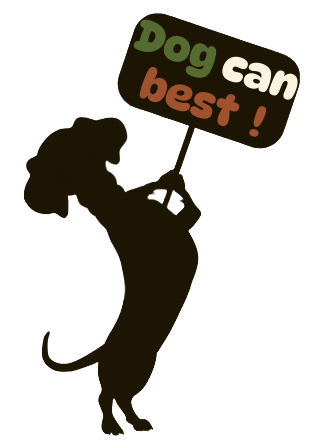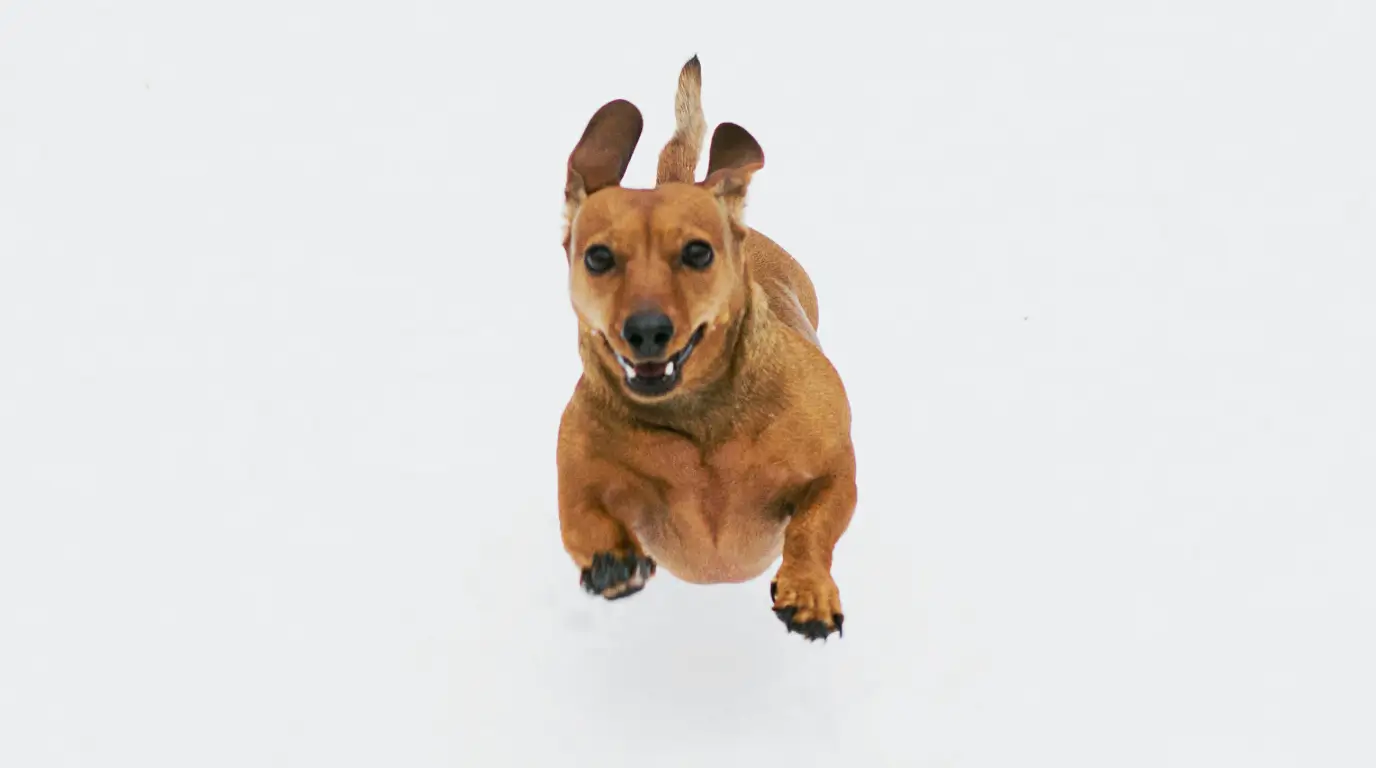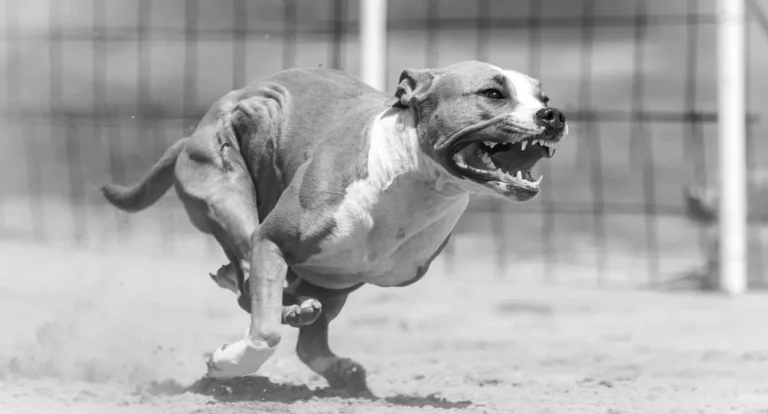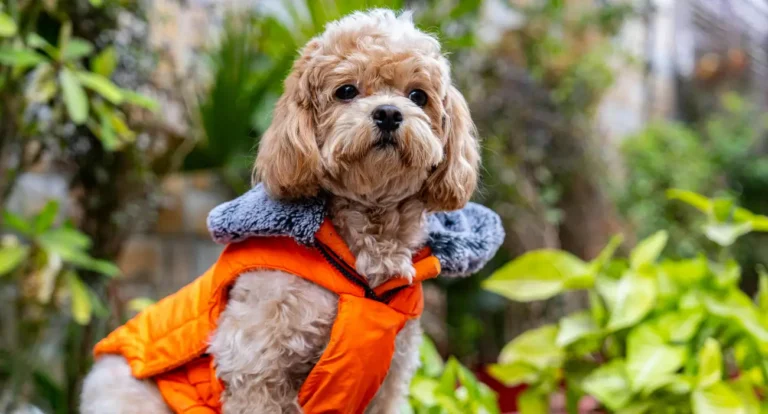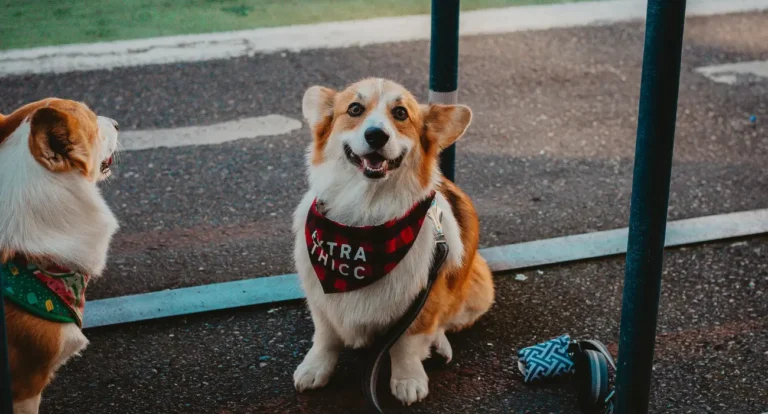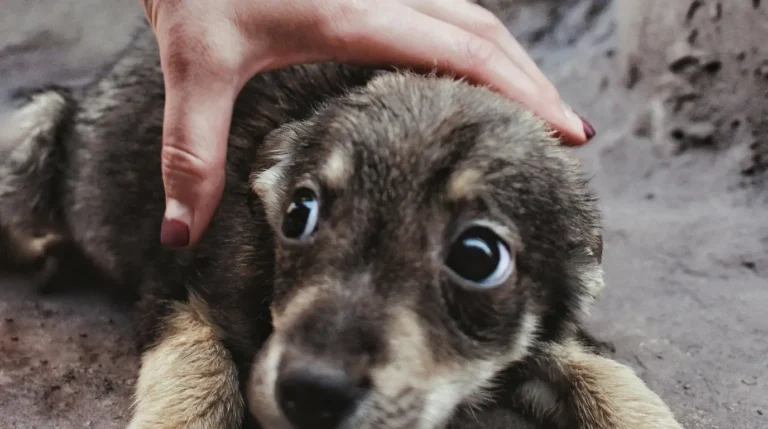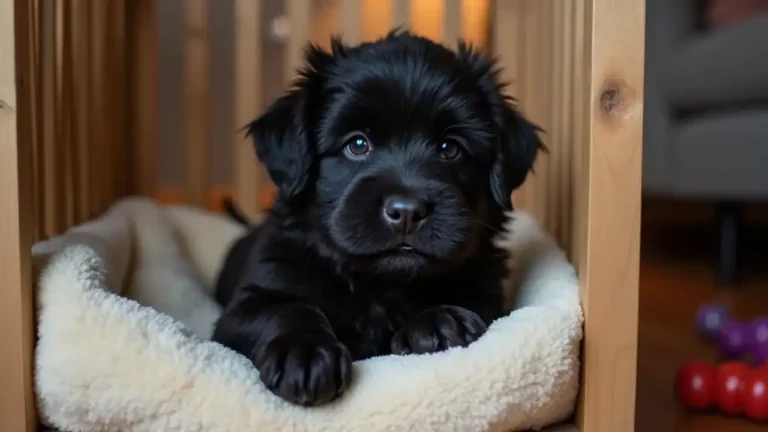Hyperactive Dog? 7 Effective Ways to Quickly Soothe High Energy!
Introduction: The Struggle of a Hyperactive Dog
Picture this: You walk through the front door after a long exhausting day. Before you could even drop your bag, your dog had already been bouncing around energeticaly: running through the house, barking excitedly, and jumping right into you with all that energy.
Table of Contents
Having an energetic dog may seem appealing, but the intensity can get overwhelming quite fast. Restless pups wreaking havoc can start chewing bad things, tormenting the whole neighborhood with their barking and have a very hard time focusing while training. If you are in a constant struggle with energy-laden dogs, you are not alone.
Fortunately, the right management and an outlet for the energy will make everything easy. In the following sections, we provide you with seven very good strategies for calming your dog.
Understanding Dog Hyperactivity
Why Are Dogs Hyperactive?
Hyperactive behavior is perpetuated by underlying reasons. Hyperactivity may arise from various causes:
Genetic predisposition: Some dogs, like Border Collies, Huskies, and Jack Russell, are naturally hyperactive owing to their ancestors that were working-dogs.
Not exercising an adequate amount of exercise and mental stimulation: Hyperactivity is a result of pent-up energy. Dogs need both physical exercises along with mental exercises to remain balanced; failing to let this out will result in hyperactivity that proliferates into unwanted behavior.
Diet: Poor diet foods loaded with artificial additives and sugar and other low-grade ingredients can lead to spikes in energy.
Anxious behavior: Very often canines facing anxiety tend to show hyperactivity as a means to cope with those emotions.
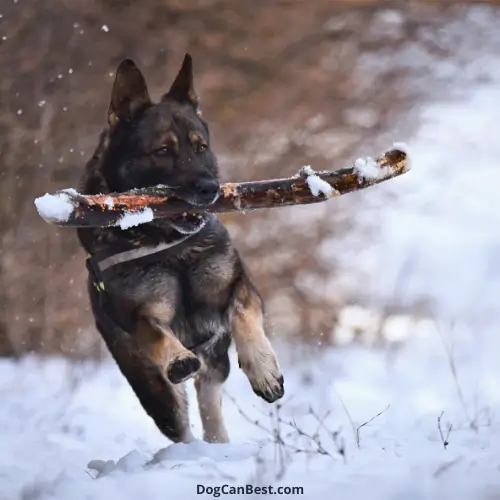
Signs Of Hyperactivity In A Dog
Are you not sure if your dog is just playing around or is it really hyperactive? The following are a few of the general signs of hyperactivity:
Barks and whines a lot for no reason. Even after a workout, still, a little restless. Digs or chews things up. Jumping people or chasing anything. Struggles to focus during training sessions.
Your next step should be to utilize some definite strategies to calm your pup if he shows multiple symptoms.
7 Fast Ways To Calm A Hyperactive Dog
1. Aggressive Exercise & Exercise for Dogs That Exert High Energy
Exercise is one of the best outlets for-pushing the overflowing energy. However, just a random play in the backyard won’t be enough when you deal with high-energy breeds. Structured movements make sure your dog does indeed get the right kind of movement.
Aerobic Exercises for Hyperactive Dogs:
Running or jogging: Give him a long run to tire an energetic puppy.
Training on Agility: Place up an obstacle course that gets him to work both his mind and body.
Purposeful Fetch: Increases intensity by incorporating a flirt pole or weighted ball.
Swimming: Low-impact yet energy-burning for all breeds.
Pro Tip: Train him for 30 to 60 min exercises depending on his breed and age.
2. Cognitive Energy: A Calm Dog Does Not Only Starve Physically.
Because of that physical activity does not only suffice, canines do need mental challenges to keep their nerves calm. Mentally-rich dogs can do really feel hyperactive even if they had a good amount of exercise.
Games to Stimulate the Brain of Your Dog:
Food Puzzles: Interactive feeders and snuffle mats do well for keeping dogs entertained. Hide & Seek: Hide treats across the house and let your dog trace them. Train: Daily sessions on obedience include short bouts of training, a good exercise for the brain.
In essence, the less mental activity there is, the better you can avoid any boredom-induced behavior.
3. Hyperactivity and Dog Training
It’s not only about obedient commands; it’s about structure and control. Hyperactive dogs lack self-control, hence obedient training based on discipline should be applied.
Commands You Should Teach Your Hyperactive Dog:
“Sit” and “Stay” – Helps with impulse control and calmness.
“Leave it” – URGE FORBIDDEN, therefore they should not chase it.
Loose Leash Walking – Teaches your dog how to behave calmly along the walk.
Training tip: Use positive reinforcement (treats, praise) to reward good behavior rather than punishing hyperactivity.
4. Building a Calming Routine for the Dog
Like the case for humans, dogs also need structure in their day to dispel anxious and erratic behavior.
Steps for Establishing a Calm Routine:
Fix Meal Times – Some were stable owing to fixed meal times. Create a Sleep Schedule – Make sure your dog has a quiet place to rest. Structured Playtime – Control high-energy moments to avoid overstimulation.
Dogs learn to expect things and thus tend to behave less erratically.
5. The Role of Nutrition in Managing Energy in Dogs
Diet plays a major role in behavior and energy levels. A poor-quality diet can provoke spikes in energy, thus making it worse for hyperactivity.
Best Food for Hyperactive Dogs:
High-protein, low-carb diets
Omega 3-rich food (such as fish oil) for brain function
Limited artificial additives and preservatives
Homemade Calming Dog Treats:
| Ingredients | Quantity |
|---|---|
| Oat flour | 2 cups |
| Peanut butter (unsalted) | ½ cup |
| Pumpkin puree | ½ cup |
| Chamomile tea (cooled) | ¼ cup |
Instructions:
- Mix ingredients together.
- Roll into small treats and bake at 350°F for 15 minutes.
- Cool and serve as a natural calming aid.
6. Using Calming Aids & Natural Remedies
Some dogs just require that extra bit of help to calm down, and natural calming aids can do great wonders.
CBD Oil (Vet Approved)- Assists in lowering anxiety and excess energy. Lavender & Chamomile Infusions-can be used in sprays, collars, or beds. Weighted Anxiety Wraps (e.g., Thundershirt)- creates a soothing effect by applying pressure.
7. Managing Your Energy & Environment
Dogs are basically mirrors to human emotions; when you are tense, your dog might be hyperactive.
Remain Calm & Avoid Shouting – A calm owner maintains a calm pet. Make Slow, Controlled Movements – Dogs pick up on body language cues. Create a Calm Environment -A designated area away from disturbances might help to calm your pup.
WHAT DO I DO WITH HYPER DOG AT NIGHT?
Maintain a simple nighttime routine.
Use a white noise machine or calming dog music.
Running, swimming, agility training, and mental games.
Do some types of foods cause hyperactivity in dogs?
Yes! Food can make their energy levels go higher.
How long does it take to train a hyperactive dog?
Within consistency, many improvements can be seen between 2 to 4 weeks.
Conclusion: A Happier, Calmer Dog Awaits.
Hyperactivity does not need to be a permanent problem; rather, it can be managed. Structured exercise, mental engagement, positive training, and proper nutrition are combined to create a balanced, well-behaved mate.
Your Next Steps: Pick one or two of these today, and see for yourself what changes occur in your dog. The key is consistency, and it won’t be long before calmer nights and happier mornings are the order of the day.
Will you take action? Try these techniques and very well you can take back control over your dog’s behavior from now on.
